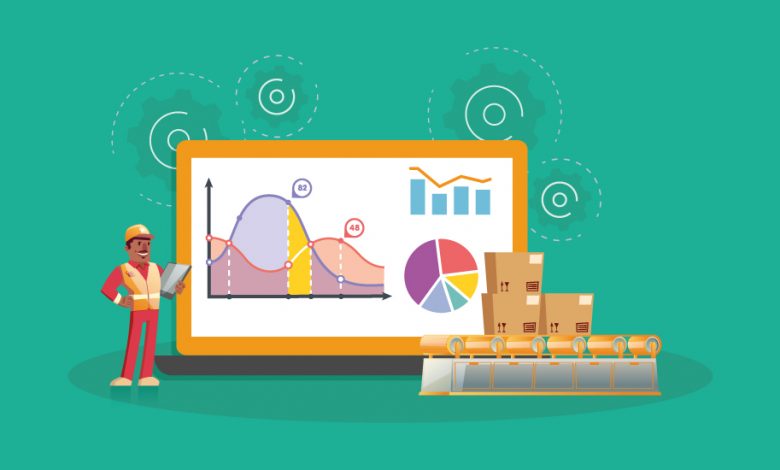An Overview About Periodic Maintenance and Its Advantages?

Maintenance is essential for business. It is important for machines, equipment, and assets are maintained. Without these assets, production work will be not completed on time. As a result, the business will suffer! That is why maintenance is important and just maintenance it must be done at regular intervals. This is where periodic maintenance come into play.
What is periodic maintenance?
Periodic maintenance is done after a particular period of time is over. It is part of a scheduled maintenance job. The objective of periodic maintenance is simple, providing maintenance to assets on time especially which are critical to the organization. We all know when maintenance is given on time it can lead to enhanced asset life, decrease chances of sudden breakdown & minimum unplanned downtime.
How periodic maintenance works?
Periodic maintenance is done on the basis of assumption and inspection of assets. It is very important of the whole process it gives an idea about till when assets would be working efficiently or when its performance will decrease. Furthermore, the data assistance and previous asset history is checked of each and every asset and equipment that also helps in predicting asset failure.
What are the advantages of Periodic Maintenance?
The advantages of periodic maintenance are as follow:
Saving unnecessary expenses
When assets are given maintenance at regular intervals it does not gives time for asset breakdown or any issue to become a bigger issue. However, when maintenance issues are ignored and maintenance is not done on time it leads to increased maintenance cost.
It has been seen that regular maintenance bills are 25-30 percent reduced than irregular maintenance. As time goes by uncertainty increases the chances of maintenance bills.
Periodic maintenance aims to avoid asset failure and prevent failure. It can help in saving money as periodic maintenance is optimized performance and durability and play a crucial role in resale value. It is no new thing that it cost less to maintain rather than repair.
Also Read: Why Is Custom Software Development Important?
Reducing downtime
Periodic maintenance provides one of the biggest advantages that is reducing downtime. One of the main reasons behind increased downtime is the negligence of maintenance. And this leads to asset failure and especially if the asset is critical to an organization. When you move from reactive maintenance to proactive maintenance then results are worth watching!
Proactive maintenance such as preventive maintenance is one of the most used maintenance practices in business. According to Allied Market Research “The global predictive maintenance market size was valued at $4,331.56 million in 2019, and is projected to reach $31,965.49 million by 2027, growing at a CAGR of 28.8% from 2020 to 2027.” Nowadays organizations starting to understand the power of proactive maintenance in business.
When downtime will be reduced, all assets will become more reliable and safer for employees. Unplanned downtime kills the production work as it is not planned and when machine breakdown occurs during an urgent work then productivity suffers of the employees and the organizations also. When products are not delivered on time it can also result in customer loss & losing one customer in the manufacturing & supply chain industry is a huge loss.
Increasing asset life
One of the advantages of providing maintenance on the time it assists in increasing the lifespan of the equipment. Assets are prone to wear and tear if you want to run them for longer than usual life then providing maintenance on time is important.
Periodic maintenance does not always mean maintenance first of all condition of the equipment is checked then it is scheduled for maintenance.
In this process, no small issues are ignored because if these small issues are ignored then with time these issues can turn big and cast big problems. Not to forget the expenses will also increase with time.
Repairing equipment and replacing the parts of equipment can be an effective way to enhance asset performance as well as asset life.
CMMS (Computerized maintenance management system) can help!
This automated software can effective in terms of scheduling maintenance and taking care of assets and pieces of equipment. It allows you to keep track of assets which asset are scheduled for maintenance and for upcoming maintenance. It also provides an asset maintenance history that helps in diagnosing issues quickly.
CMMS software provides data analysis that is helpful in making effective business decisions related to assets. It can also assist in decreasing downtime and increasing uptime or how performance can be improved of an asset.
It allows to manage work order effectively also play a crucial role in priority of each work order. Most importantly it eliminates the manual process and spreadsheet utilization which leads to inaccurate results. It reduces human responsibility as it automatically schedules the maintenance.
Furthermore, this software enables to create a checklist for each work order. It means all regular activities that need to be done & some specific job as well such as changing some particular part of equipment.




